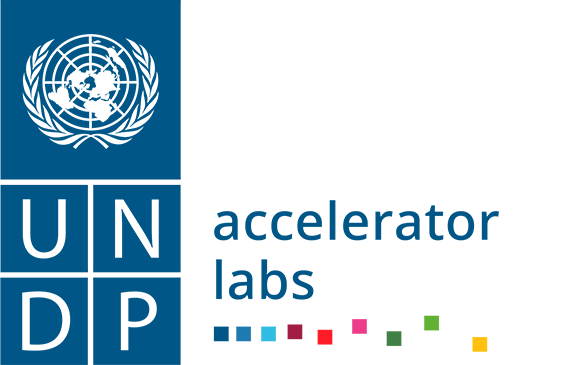What it does. Insurance is a powerful tool to reduce uncertainty and precarity in people’s livelihoods. Unfortunately, robust insurance markets are not available in many Global South countries. These diagnostics are a form of inquiry that takes stock of the conditions for a programme on risk financing to do well. It examines the main demographic and economic features of the population in question; evaluates the potential risks, their geographic distribution and the relative exposure; the government’s capacity for risk management; maps the policy/regulatory landscape; and stakes out the actors in the insurance market.
Value proposition for the government. By identifying strengths and weaknesses of the country under consideration, diagnostics enable the design of insurance products that are tailored to the local conditions, and of measures to support the risk finance ecosystem. Additionally, running the diagnostic is likely to enhance awareness of, and support from stakeholders, including government, insurance companies, and donors. This, in turn, is conducive to the creation of a more robust and inclusive insurance market.
Why and when to use it. Run diagnostics as the first step of a new workstream on risk financing.
Known issues and troubleshooting. Lack of time-series data (such as locally disaggregated census data) can “blind” the design of risk insurance programmes. In order to secure this data, it is essential to collaborate with the government’s disaster risk prevention and preparedness service.
Context. Ethiopia’s economy and households are exposed to the impacts of disaster shocks, with women and girls being disproportionately affected. Droughts, floods, and related food insecurity are the primary drivers of disaster response costs, and all are poised to become more frequent as the planet warms. To respond to disaster shocks, Ethiopia is largely reliant on ex-post financing—primarily official development assistance and humanitarian appeals, budgetary reallocations, and emergency borrowing. In 2021, UNDP launched a new flagship initiative, the Insurance and Risk Finance Facility, to support the development of insurance markets beyond their current reach. Ethiopia was selected for an intervention in this initiative.
Cost. Limited to personnel. A lead researcher and a research assistant for two months full-time equivalent each. In the case of Ethiopia, this costs approximately $8,000.
Time. About 8 months.
People. One research lead and one in-country researcher. Significant support was provided by three more in-country people, who prepared a preliminary report (“pre-diagnostic”) in response to a list of questions.
Focal point. Amanuel Tadesse.
Country, year, and language. Ethiopia, 2023, English.
Resources.
- Blog post. Use this resource for a narrative account of how this initiative was developed in Ethiopia.
- Pre-diagnostic report. Use this resource to understand what type of data are needed to prepare a diagnostic report.
